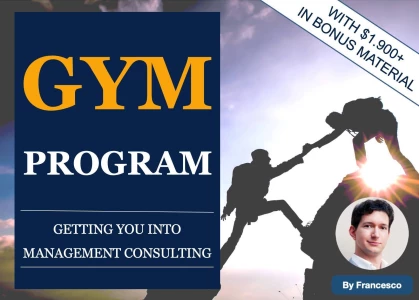Hi,
I am relatively new to case studies and just worked through the tutorials and the bootcamp. I understand that when analyzing for example a decrease in revenue, I have to know what kinds of products the client offers, but what is the best way to structure the issue-tree accordingly?
Starting with revenue on top and then having "Revenue product 1" + "Revenue Product 2" + and so on, on the next "level" and then "price product 1" * "Sales volume product 1" below revenue for product 1?
Or should I start with revenue, on the enxt level of the issue-tree "Sales Volume" * "Price" and then have "Sales volume product 1" below the total sales volume and all the prices of the products below "price".
The structure in the first example seems better, but the second structure is faster in my opinion because I could just add all the sales volumes and calculate the average price to find the revenue while in the first example I have more smaller calculations.
Thanks for your advice





